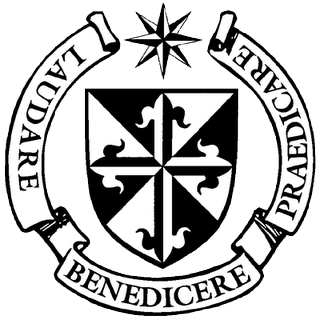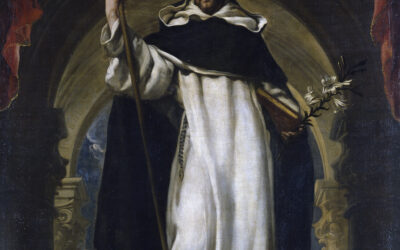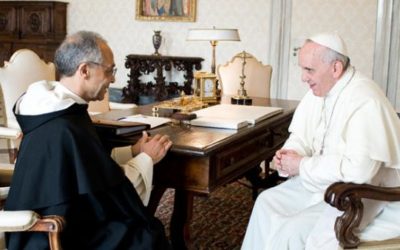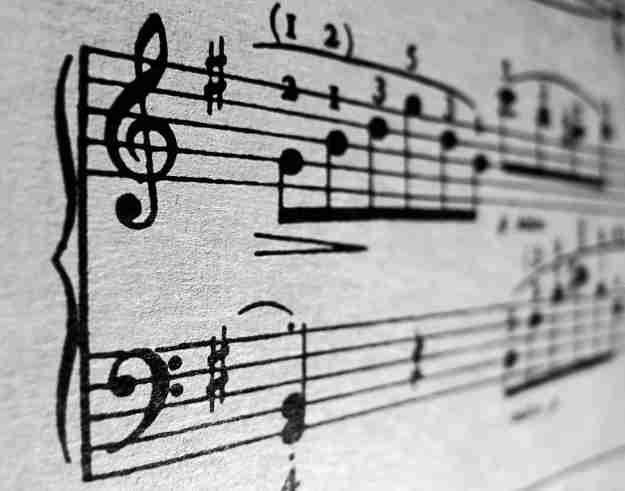Order of Preachers
The Order of Preachers, whose members are known as Dominicans, (Latin: Ordo Praedicatorum, post-nominal abbreviation OP), is a mendicant order of the Catholic Church founded in Toulouse, France, by the Spanish priest Saint Dominic. It was approved by Pope Honorius III via the papal bull Religiosam Vitam on 22 December, 1216. Members of the order, who are referred to as Dominicans, generally carry the letters OP after their names, standing for Ordinis Praedicatorum, the meaning of the Order of Preachers. Membership in the Order includes friars, nuns, active sisters, affiliated lay or secular Dominicans (formerly known as tertiaries), etc.



